-
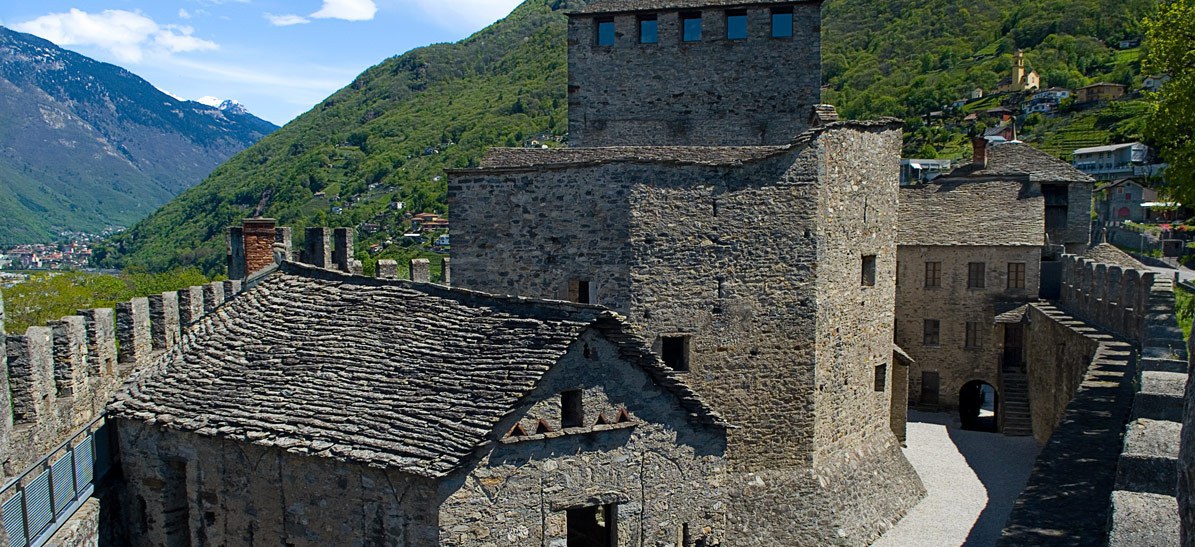
Castles of Bellinzona (Day Trip) -
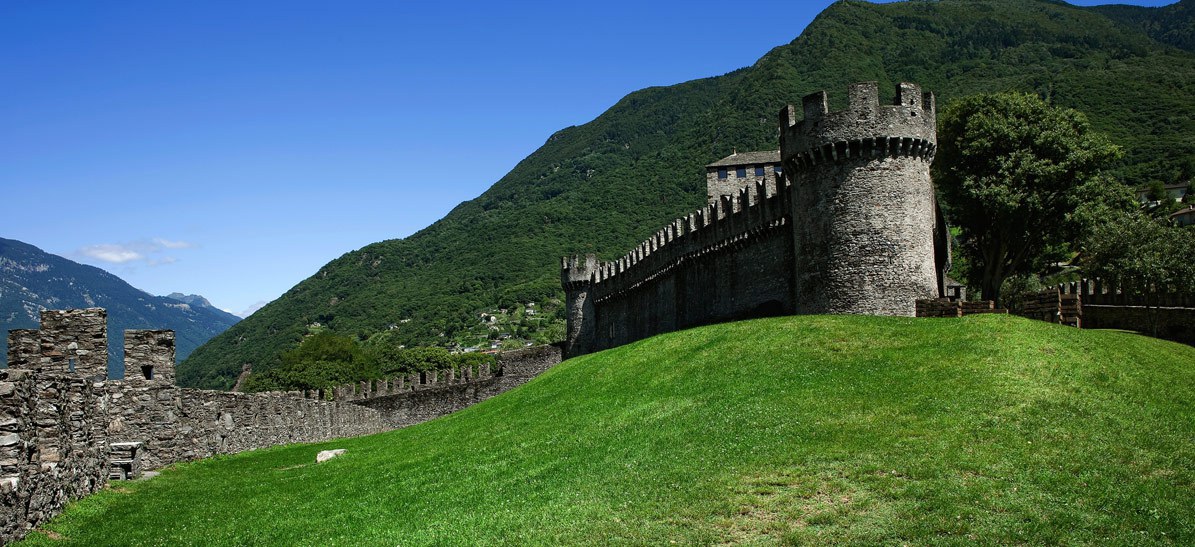
Castles of Bellinzona (Day Trip) -
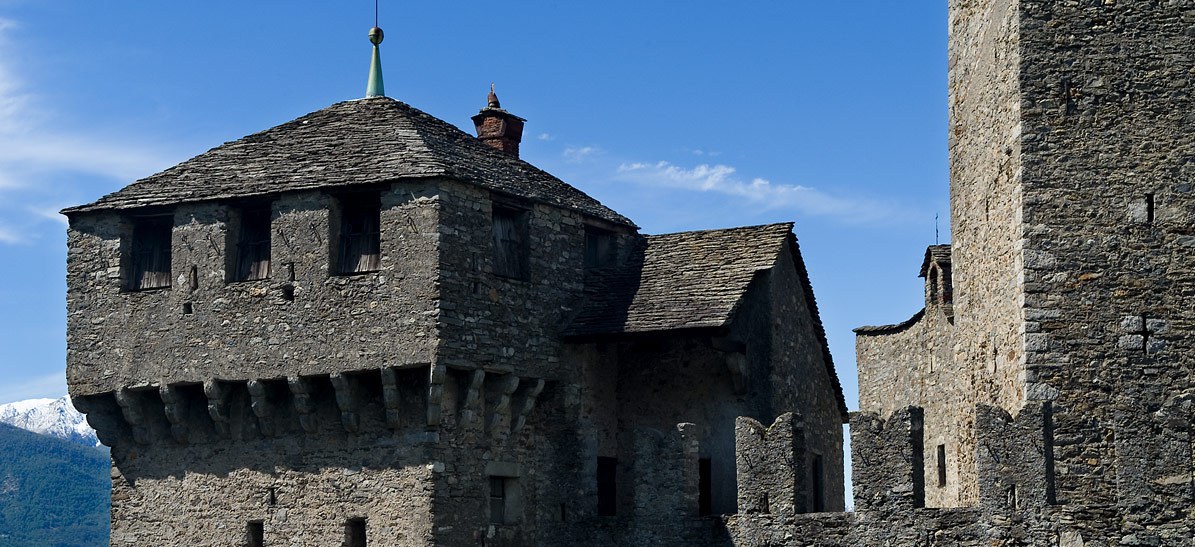
Castles of Bellinzona (Day Trip) -
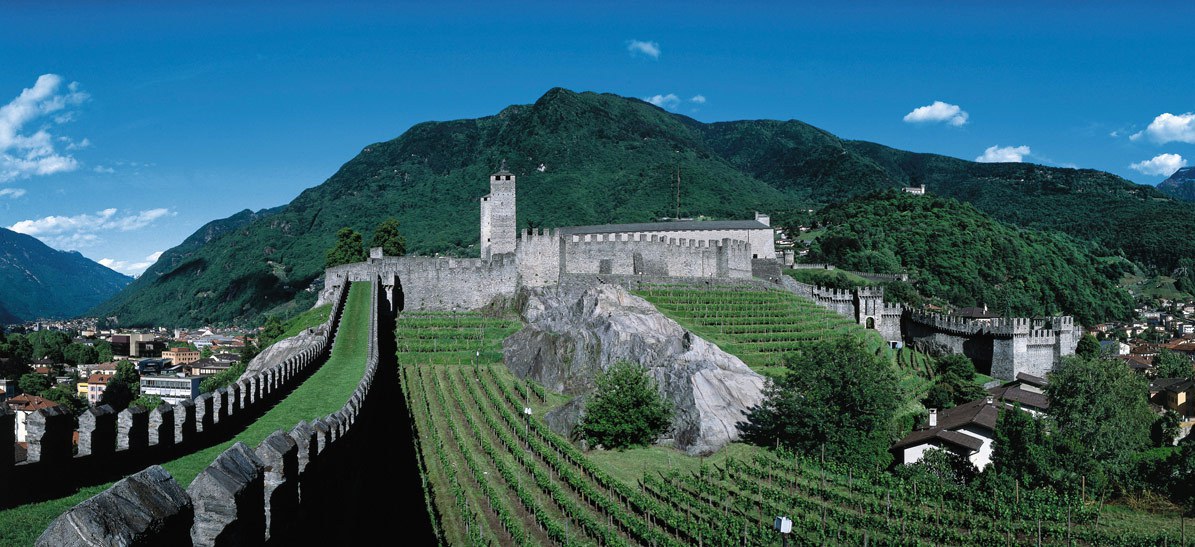
Castles of Bellinzona (Day Trip) -
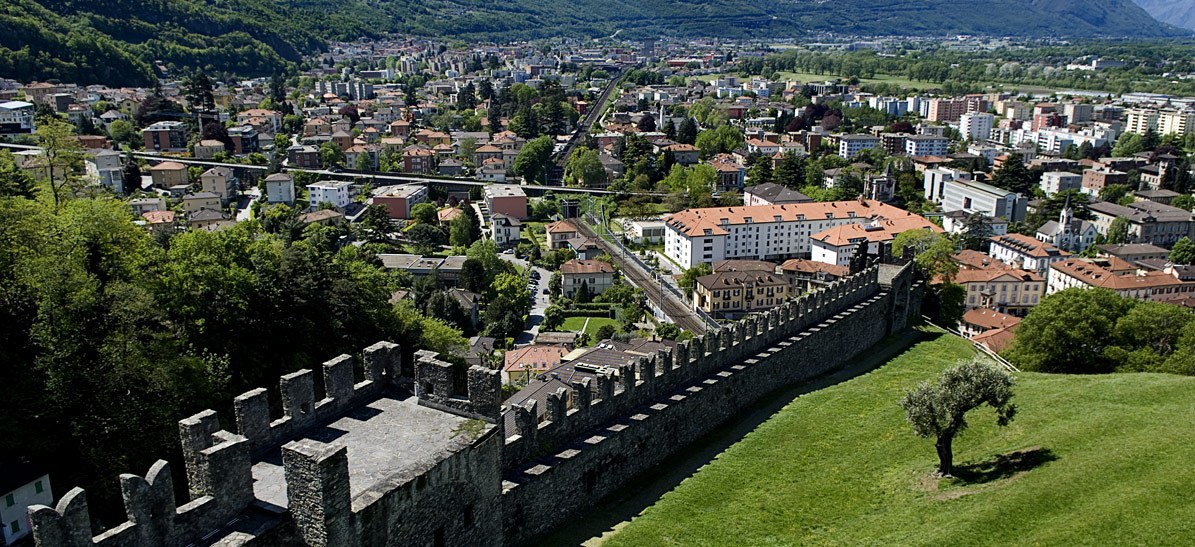
Castles of Bellinzona (Day Trip) -
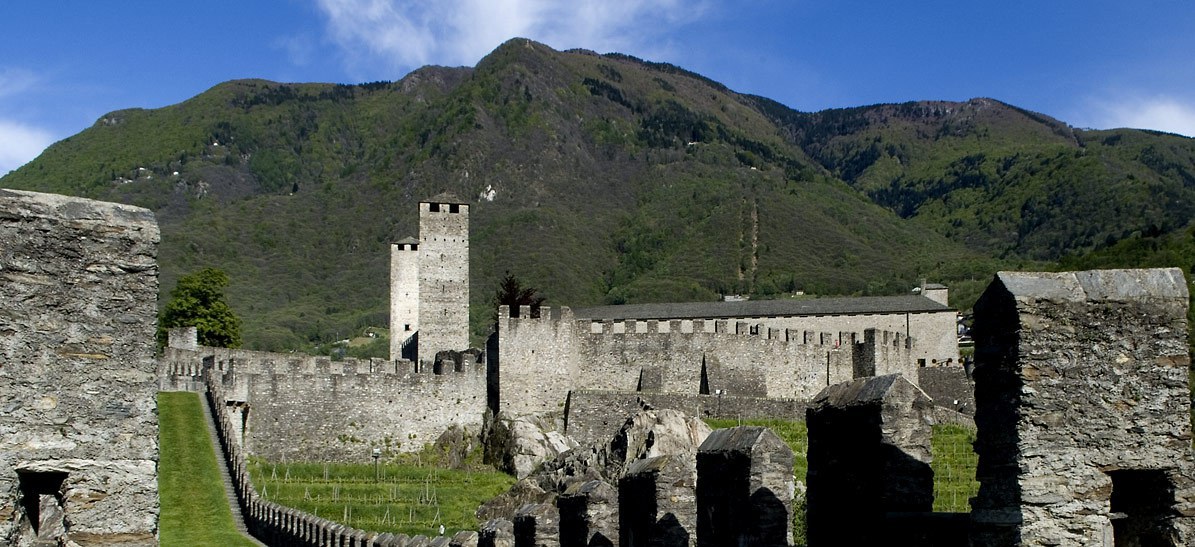
Castles of Bellinzona (Day Trip) -
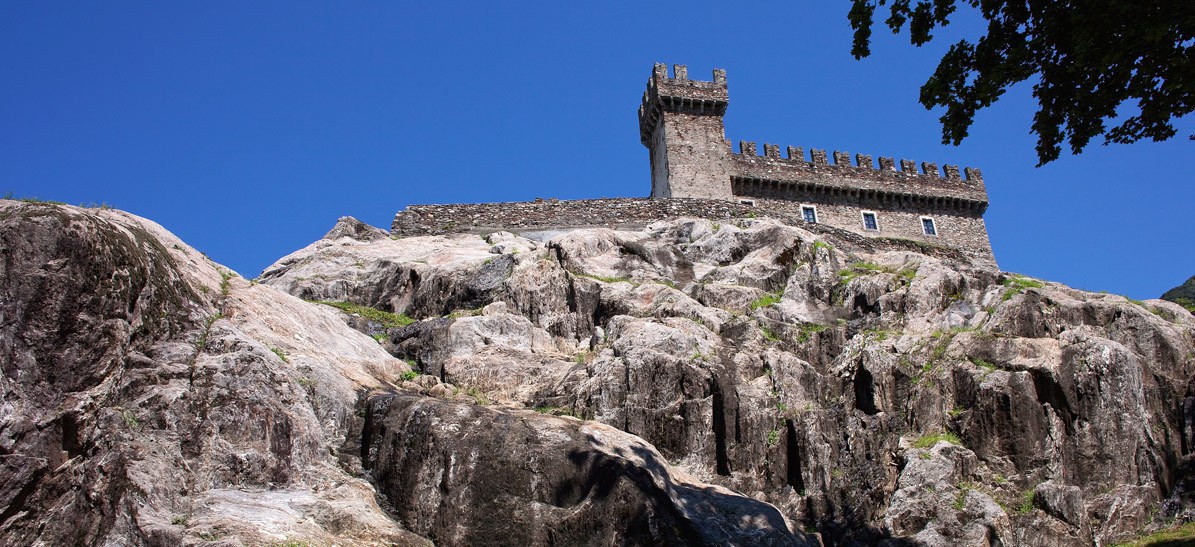
Castles of Bellinzona (Day Trip) -
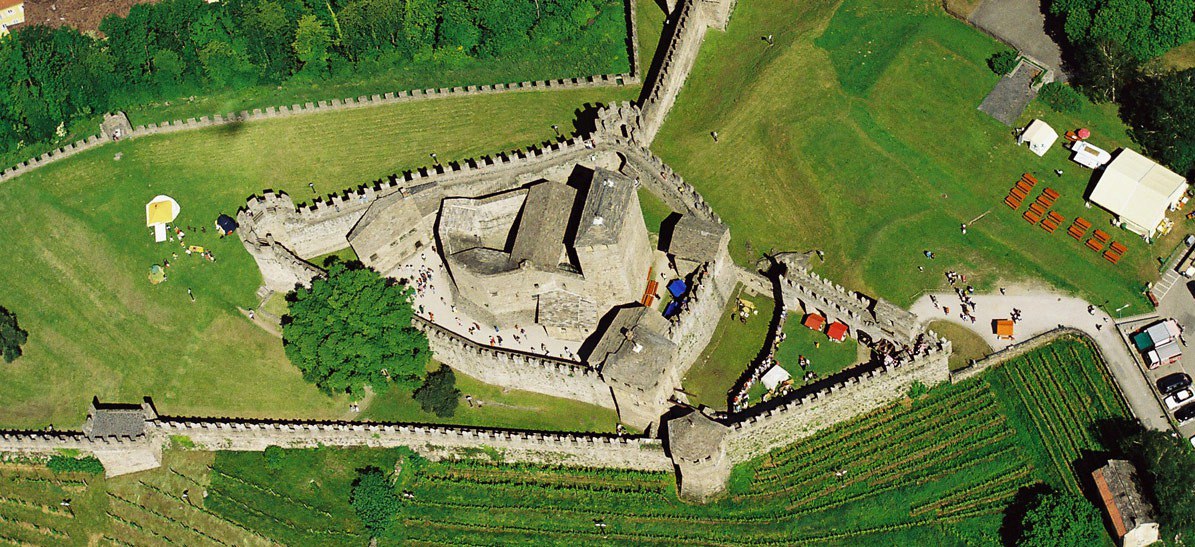
Castles of Bellinzona (Day Trip) -
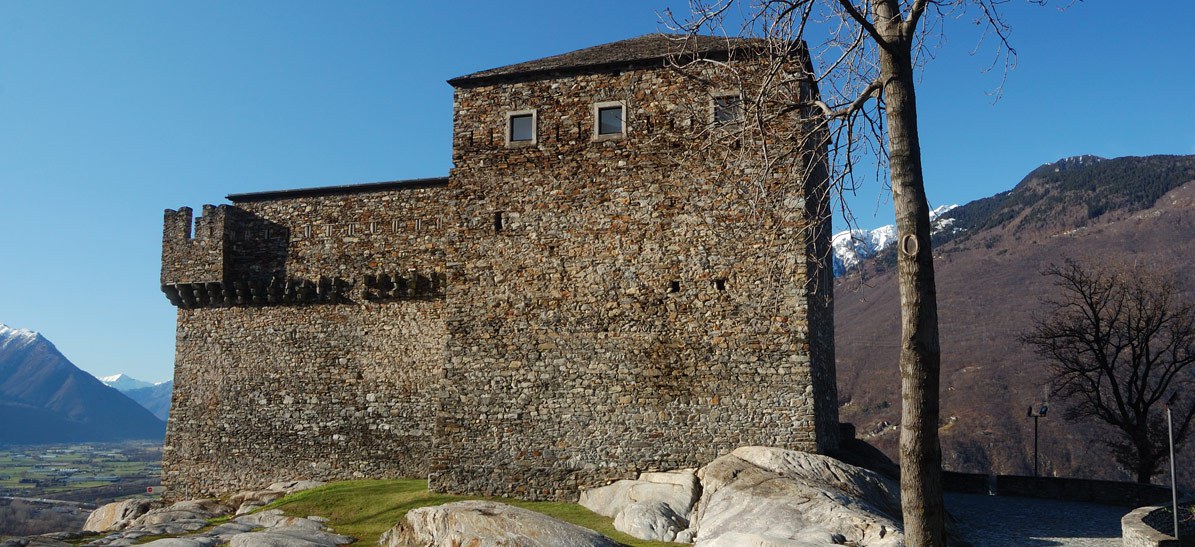
Castles of Bellinzona (Day Trip) -
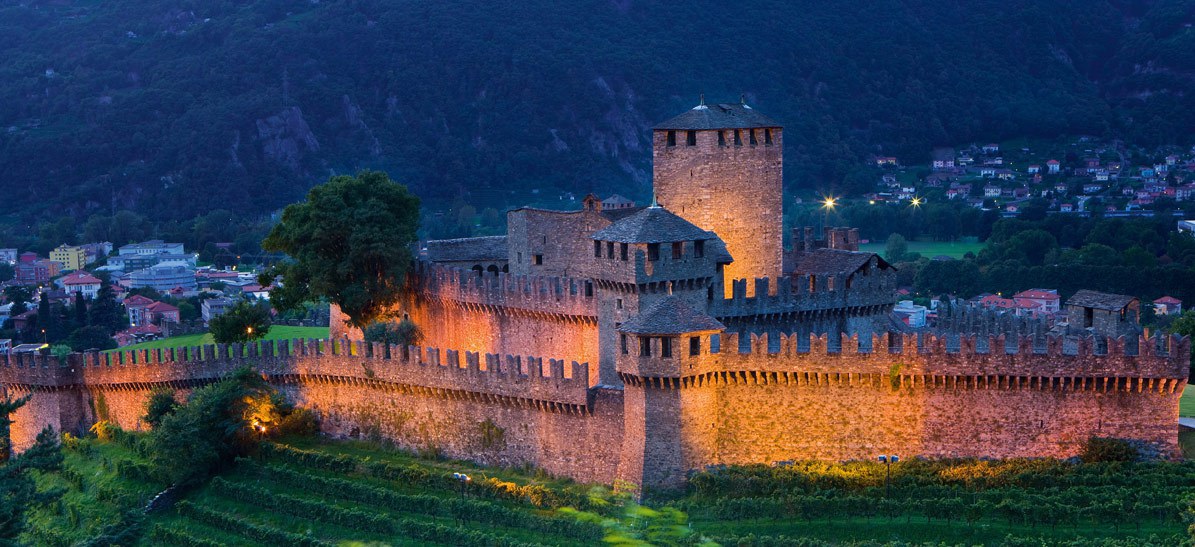
Castles of Bellinzona (Day Trip) -
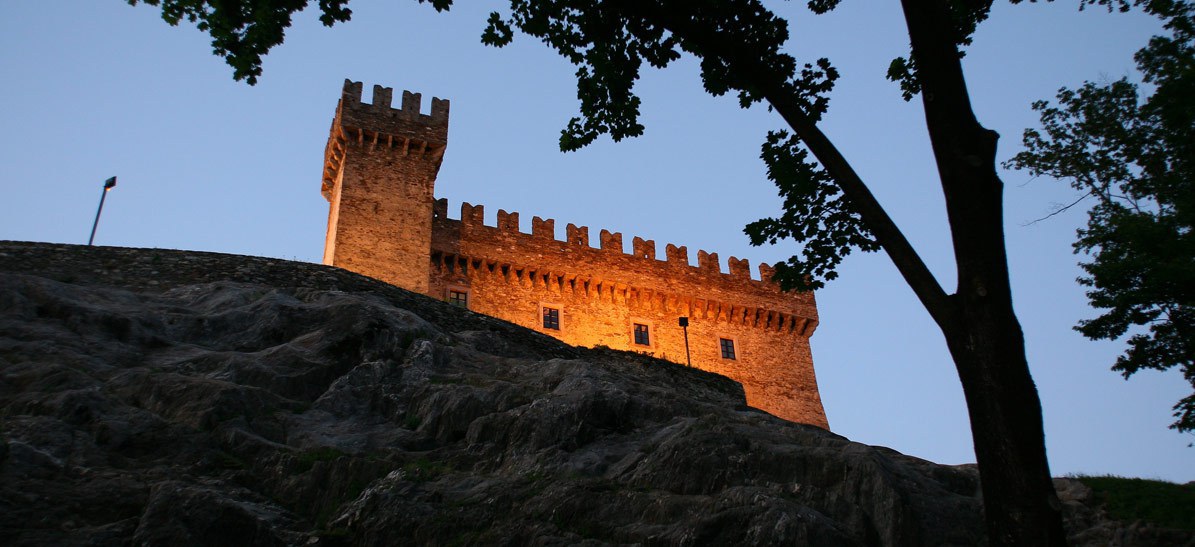
Castles of Bellinzona (Day Trip) -
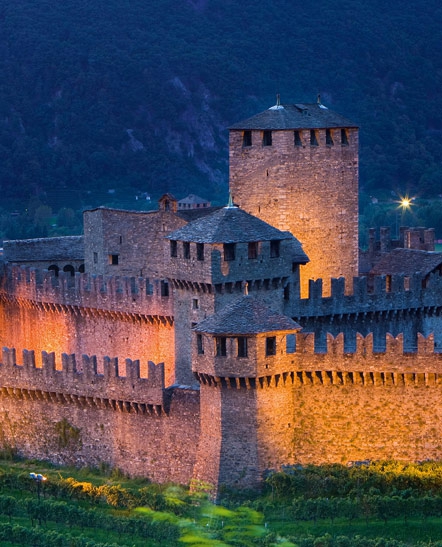
Castles of Bellinzona (Day Trip)
Castles of Bellinzona (Day Trip) Bellinzona Like
Castelgrande
The site on which Castelgrande stands is rich in history and archaeological findings unearthed during excavations in 1984-85 confirm that the site was inhabited as far back as the Neolithic period (5500-5000 B.C.) and through to Roman times. Excavation in 1967 brought to light evidence of the first fortification which dates from the 4th c. Documents dating from the 6th c. also mention the existence of this first defensive construction. The castle as we see it today was built in various stages and has undergone several restorations. Construction of the castle began in the 13th c.; it was enlarged in 1473-86 and later restored in the 17th and 19th centuries. The White and Black Tower date from the 13th and 14th centuries and are 27 and 28 meters high. Architect Mr. Aurelio Galfetti carried out the latest extensive restorations in 1984-91. The transformation is exemplified stunningly in the inner courtyard, the entrances, the elevator and steps leading down to the town centre. The battlements are divided into three sections, one of which still descends right into the town centre. At the time of the Visconti, this remaining bulwark reached down as far as the river Ticino. It was built in the late 14th c. and fortified by the Sforza dukes of Milan between 1486 and 1489. In 1515, parts of the wall were destroyed by a flood ("Buzza di Biasca"). The castle stands 50 meters above the town and can be reached on foot in a matter of minutes taking the steep foot paths which climb up from Piazza Collegiata and Piazza Nosetto, or the gently winding road leading up from Via Orico which skirts the San Michele hill. Alternatively, there is a modern lift with access from Piazzetta Della Valle. Castelgrande is open all year.
Castello di Montebello
Montebello is the name of the hill on which the castle stands, 90 meters above Castelgrande. The defensive walls of the old town originate here and join up with those from San Michele hill. There are still parts of both branches of these walls protecting the north and south sides of the fortress. After demolition of a row of houses in Piazza del Sole another section of wall came to light and will be restored as soon as the final layout of the square has been decided. The internal nucleus of the castle dates back to the 13th/14th centuries and has been restored several times.
Most probably, it was built by the Rusconi family of Como who kept it for a long period of time, even during the rule of the Viscontis. The external courtyards with the towers and the "Rivellino" were built by Sforza engineers in the second half of the 15th c. During Swiss occupation, the castle was called Castello di Svitto but it was renamed Castello di San Martino when Ticino became an independent canton. Towards the end of the 18th c., the castle was acquired by the Ghiringhelli family who ceded it to the Canton in 1903 on the occasion of the first centenary of independence. The view from the castle is spectacular to say the least and, on a clear day it is possible to see Lake Maggiore in the distance. The castle can be reached on foot from Piazza Collegiata or from the residential area called "Nocca" and by bus taking a road up from Viale Stazione.
Castello di Sasso Corbaro
The Sforzas built the third castle, called Sasso Corbaro after the hill on which it stands, in 1479 after the defeat of the Milanese troops at the Battle of Giornico. It was designed and completed in the incredibly brief time of 6 month by the military engineer Benedetto Ferrini of Florence who died of the plague shortly before its completion. Its dominant position 230 meters above the town meant better protection of the Ticino Valley. The Castle, starkly geometrical in shape, stands in a square courtyard surrounded by massive walls which are as much as 4.70 meters thick at the point where they join the keep on the north side. The lookout tower on the south side is still almost intact. During early Swiss occupation, the castle was known as the Castle of Unterwalden but was renamed Santa Barbara in 1818. Today it is called Sasso Corbaro or Castello di Cima. It was abandoned in 1798 and started to deteriorate; it would have fallen into complete disrepair had the Canton not interceded in 1870, handing it over to an organization which planned to turn it into a hotel, and later to three Bellinzonas families who transformed it into a summer residence. In 1919, the state regained possession and began restoration that included the rebuilding of the "Rivellino", or outer courtyard, the entrance gates, the 17th c. chapel and the well. The castle can be easily reached, by road either from Castello di Montebello or by Via Ospedale. The latter flanks the Dragonato stream, which flows past the church of the Madonna della Neve. The castle is situated on a wooded hillside in an idyllic setting with magnificent views taking in the Riviera Valley and the Pizzo di Claro to the north and Lago Maggiore to the south.
More to Explore.
["More adventure awaits close by","so pack a snack and hit the road."]